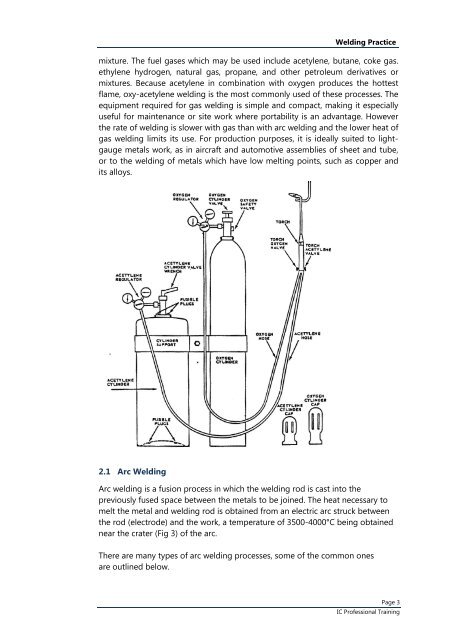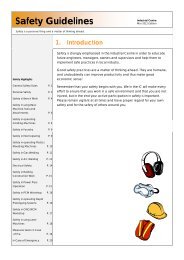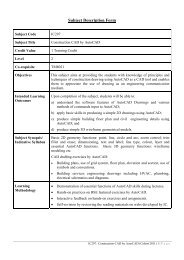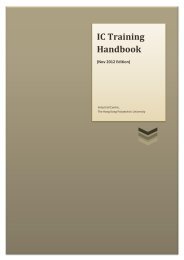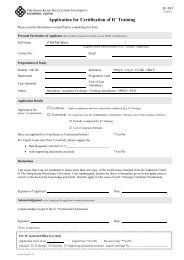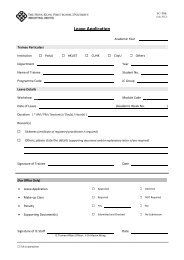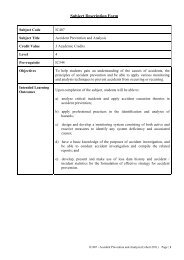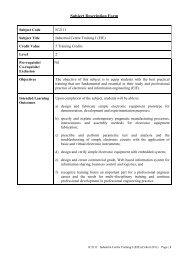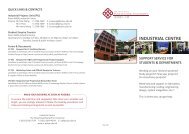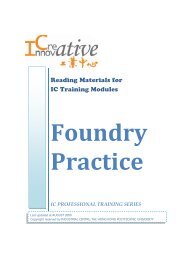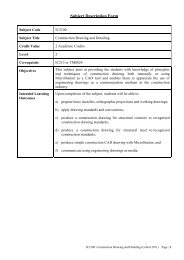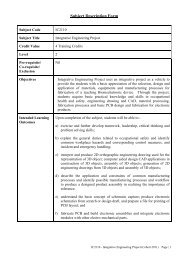Welding Practice - The Hong Kong Polytechnic University
Welding Practice - The Hong Kong Polytechnic University
Welding Practice - The Hong Kong Polytechnic University
Create successful ePaper yourself
Turn your PDF publications into a flip-book with our unique Google optimized e-Paper software.
<strong>Welding</strong> <strong>Practice</strong><br />
mixture. <strong>The</strong> fuel gases which may be used include acetylene, butane, coke gas.<br />
ethylene hydrogen, natural gas, propane, and other petroleum derivatives or<br />
mixtures. Because acetylene in combination with oxygen produces the hottest<br />
flame, oxy-acetylene welding is the most commonly used of these processes. <strong>The</strong><br />
equipment required for gas welding is simple and compact, making it especially<br />
useful for maintenance or site work where portability is an advantage. However<br />
the rate of welding is slower with gas than with arc welding and the lower heat of<br />
gas welding limits its use. For production purposes, it is ideally suited to lightgauge<br />
metals work, as in aircraft and automotive assemblies of sheet and tube,<br />
or to the welding of metals which have low melting points, such as copper and<br />
its alloys.<br />
2.1 Arc <strong>Welding</strong><br />
Arc welding is a fusion process in which the welding rod is cast into the<br />
previously fused space between the metals to be joined. <strong>The</strong> heat necessary to<br />
melt the metal and welding rod is obtained from an electric arc struck between<br />
the rod (electrode) and the work, a temperature of 3500-4000°C being obtained<br />
near the crater (Fig 3) of the arc.<br />
<strong>The</strong>re are many types of arc welding processes, some of the common ones<br />
are outlined below.<br />
Page 3<br />
IC Professional Training


